Cheats for Calf Feed Formula in Cattle Farms, What Feed Do Calves Eat to Grow Fast?
Date: 02/19/2021 08:56:51 From: feed-pellet-plant.com Clicks:
When the cow eats the forage or rests on the ground, people will see the cow's mouth constantly chewing into a bolus and swallow it again. It takes about 1 to 2 minutes each time. The cow needs about 6 to 8 hours a day to ruminate. Ruminating can make a large amount of forage thinner and softer, and pass through the rumen to the digestive tract behind, so that the cattle can eat more forage.
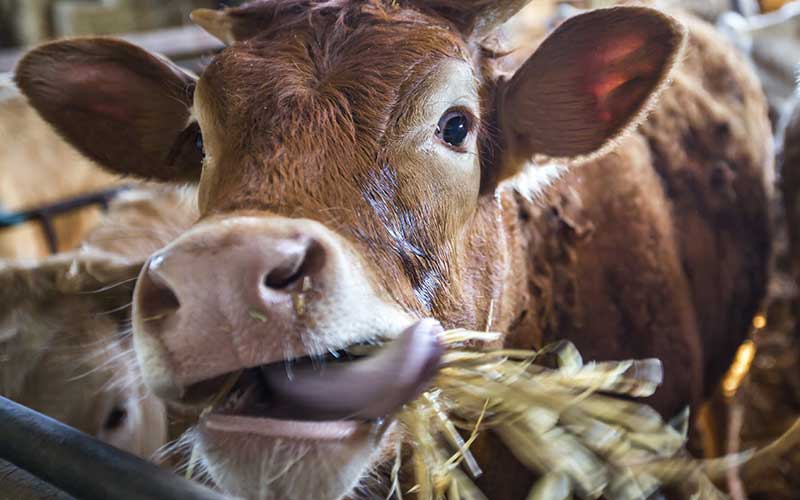
Cattle eating grass
Ruminants generally eat in a hurry, especially roughage. Most of them are swallowed into the rumen without adequate chewing. After the rumen is soaked and softened for a period of time, the food returns to the mouth after reversal vomiting. After chewing again, it is mixed with saliva and again. The process of swallowing into the rumen.
In a healthy herd, 50% of cattle are ruminating. When the cattle are sick, over-fatigued and externally stimulated, they can cause the ruminating behavior to weaken or stop completely. Once ruminating is stopped, the food stays in the rumen, often due to fermentation. The gas cannot be discharged, causing the rumen to expand.
Cow rumination is due to the special setting of the cow's stomach, which is divided into four parts: rumen, reticulum, valve stomach and abomasum, of which only the abomasum is the part that secretes gastric juice. The volume of the bovine rumen is 100-300 liters, accounting for about 80% of the four parts of the stomach. There are a large number of microorganisms in the rumen, including protozoa (mainly ciliates) and bacteria. The rumen itself does not secrete enzymes. All the enzymes in the rumen are complete. It is produced by microorganisms. The fiber in the forage is fermented and decomposed under the action of enzymes produced by these microorganisms, and most of the low-grade fatty acids formed are absorbed by the rumen wall. The reticulum is in front of the rumen, against the diaphragm and liver. The inner wall of the reticulum is honeycomb-shaped, and microbial digestion is also carried out in the reticulum.
I. Cheats for Calf Feed Formula in Cattle Farms:
Formula 1 (suitable for body weight 300 kg): concentrate 4-5 kg/(day•head) (corn 50.8%, bran 24.7%, cotton meal 22.0%, calcium hydrogen phosphate 0.3%, stone powder 0.2%, salt 1% , 0.5% baking soda, appropriate amount of premix); 3-4 kg of corn straw or corn stover.
Formula 2 (suitable for body weight 400 kg): 5-7 kg of concentrate/(day•head) (corn 51.3%, barley 21.3%, bran 14.7%, cotton meal 10.3%, calcium hydrogen phosphate 0.14%, stone powder 0.26% , 1.5% salt, 0.5% baking soda, appropriate amount of premix); corn straw or corn stover 0-6 kg/(day•head).
Recipe 3 (adapted to weight 450 kg): 6-8 kg of concentrate/(day•head) (corn 56.6%, barley 20.7%, bran 14.2%, bean cake 12%, fat 1%, calcium hydrogen phosphate 1.2%, Baking soda 0.3%-0.5%, additives 1%-2%), corn straw or corn stover 5-6 kg/(day•head).
Formula 4 (applicable to weight 450-500 kg, mainly used for meat quality improvement): 6-8 kg of concentrate/(day•head) (corn 82%-83%, barley 20.7%, bran 14.2%, cotton meal 6.3 %, stone powder 0.2%, table salt 1.5%, baking soda 0.5%, appropriate amount of premix), corn stover 5-6 kg/(day•head).
Management of finishing cattle. Implement sanitation and epidemic prevention measures; prevent heat in summer and cold in winter; brush and wipe cattle every day, wash cattle beds, cattle troughs and water tanks; ensure adequate and clean drinking water, 3-4 times a day. In the late fattening period, feed 3-4 times a day; safe transportation to prevent cattle damage. Slaughter and mature carcass. When beef cattle are 24-30 months old and weigh more than 550 kilograms, they should be slaughtered in time.
II. Calf Feed Pellet Machine
Now the price of buying calf feed is constantly rising, and the cost of raising cattle is also increasing. We know that 60-70% of the cost of raising cattle comes from the cost of cattle feed. How to reduce the cost of calf feed? It is too expensive to buy cattle feed pellets. It is necessary for the business to invest in a small and medium-sized cattle feed pellet machine or cattle feed pellet production line. If the budget is sufficient, you can purchase a larger output of cattle feed pellets, and the feed pellets that the cattle cannot eat can be sold. This can reduce the cost of raising cattle and make money. It is also a good choice.
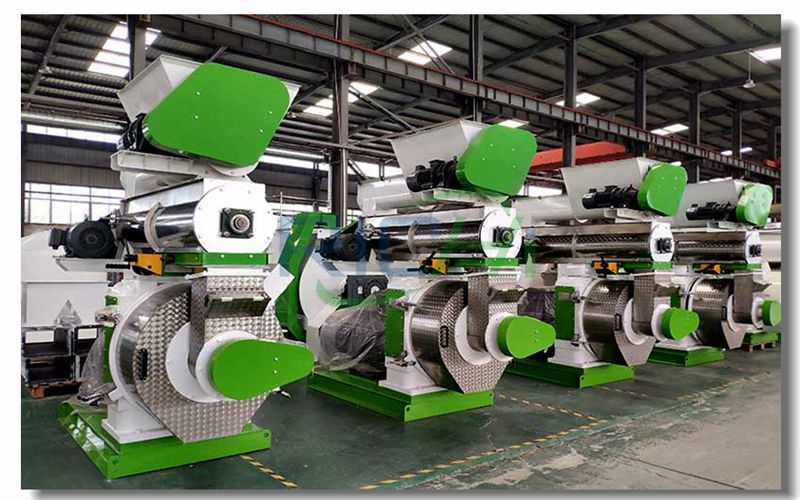
Cattle Feed Pellet Machine
Advantages of calf feed pellets
Avoid the automatic classification of cattle feed components and reduce environmental pollution. In the process of storage and transportation of powder due to the different volumes and quality of the powder, it is easy to produce classification. There is no classification of cattle feed components after making pellets, otherwise, the cattle pellets are not easy to dust, air and water pollution is less than the powder in the process of feeding pellets.
Storage and transportation are more economical. After pelletization, the bulk density of cattle feed will generally increase about 40-100%, which can reduce the storage capacity and save transportation costs.
Avoid picky eating of animals. Cattle feed formula has a variety of raw materials, comprehensive nutrition, it can prevent animal selection of its favorite to eat from the powder, refused to eat other ingredients. Because the pellet feed can maintain homogeneity in the process of storage and feeding, the loss of feeding can reduce about 8%~10%.
A high feed rate of return. In the cattle feed pelletizing process, due to the comprehensive effect of water, temperature, and pressure, some physicochemical reactions occur in the cattle feed, then making the starch gelatinize and the activity of the enzyme enhanced. Which can make the cattle animals digest the cattle feed more effectively and then convert it into weight gain.
Kill salmonella in animal feed. Salmonella remains in animal tissues when ingested by animals, and people who eat animals infected with the bacteria can develop salmonella gastroenteritis. The method of steam high-temperature quenching, tempering, and granulating can kill salmonella in cattle animal feed.
Good liquidity and easy to manage. Many powders, especially the small gravity of the pile feed, add molasses or high fat and urea feed often adhere to the material house. Cattle pellet feed is most popular on large-scale dairy cattle farms with automated feeders because it is highly mobile and rarely adheres.
III. Feeding Techniques for Small Calves
1. There are three main types of hybrid beef calves:
(l) Simmental cross-improved cattle, with tall body, uniform structure, strong physique, well-developed muscles, and well-developed breasts. It is a type of both milk and meat.
(2) The Lishuzan hybrid cattle has a long body, well-developed hindquarters, wide and flat hips, well-developed muscles, and slightly short and thick limbs, which are meaty.
(3) Charolais hybrid cattle, with a wide back waist, well-developed muscles, strong limbs, strong physique, and meaty type.
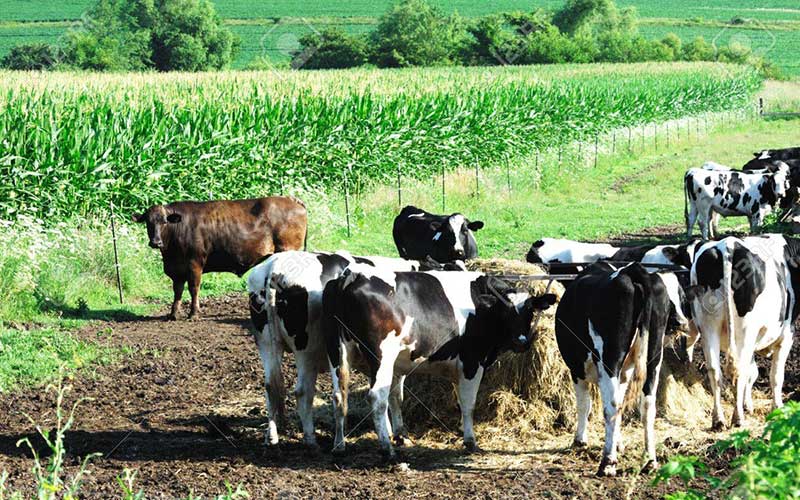
Cattle farm
2. Its characteristics are:
(l) Fast growth and development: Newborn calves are generally heavy, regardless of whether they are mixed, summer, or mixed, and will grow and develop faster in the future. With the increase of progressive algebra, the birth weight also increases and the growth rate increases. According to statistics, the highest can be increased by 68%, and the lowest has reached 21%.
(2) Good meat production performance: According to measurements, the meat production of the first, second, and third generation hybrid cattle is 25%, 60%, and 60% higher than the average meat production of local cattle, respectively. In general, if the daily gain is higher and the meat feed ratio is lower, the economic benefits of hybridization will be better.
(3) The adaptability of hybrid improved cattle: the introduction of foreign breeds to improve Chinese cattle has obvious heterosis. In addition to the obvious improvement of the above-mentioned production performance, its adaptability is also strong. In the severe cold northeast grassland, the lowest temperature in winter is -40-35℃, and the improved cattle did not bow back and back; in the hot southern provinces with the highest temperature of 35-40℃, there were no symptoms of panting and fear of heat. Improved cattle have strong grazing ability, strong resistance to adversity, resistance to rough feeding, fast food intake and fat increase
The above is the article for you: Cheats for Calf Feed Formula in Cattle Farms, What Feed Do Calves Eat to Grow Fast?. If you are interested in our products or project solutions, please contact us. We will give you the best product quality and the best price. Email: enquiry@pellet-richi.com
Related Product
Production Line Equipment
related News
Here you can submit any questions and we will get back to you as soon as possible. We will not disclose the information you submit to anyone, please rest assured.
Copyright© 2022 Richi Machinery. All rights reserved. Site Map


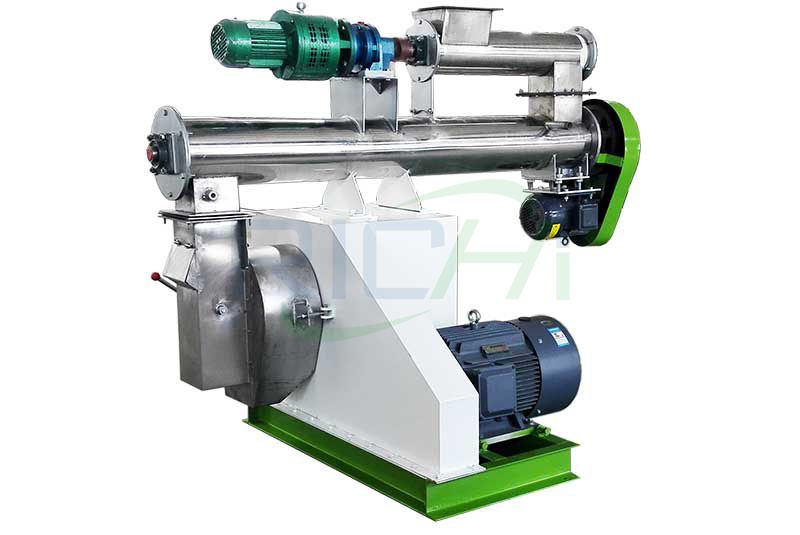
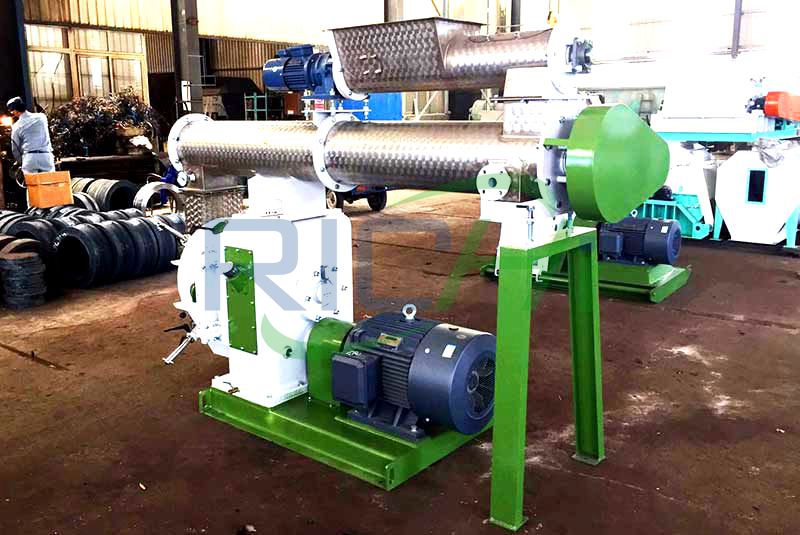
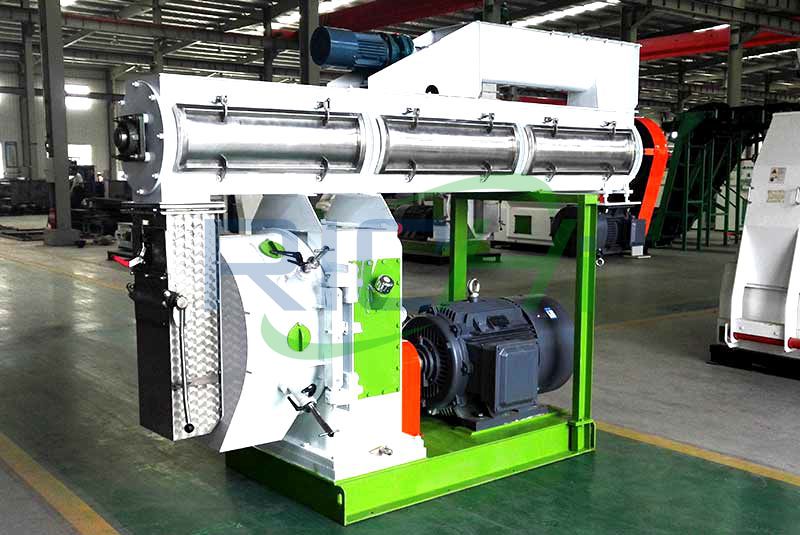
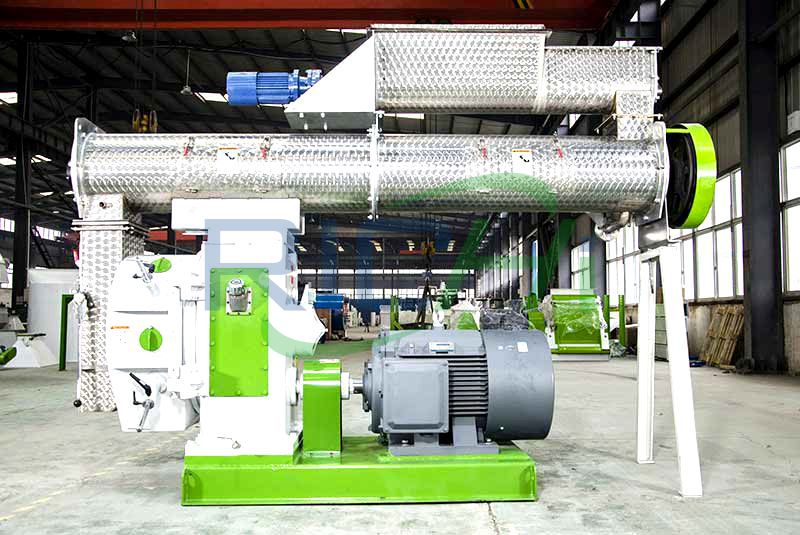
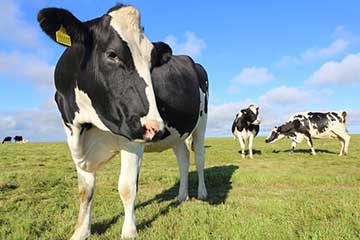
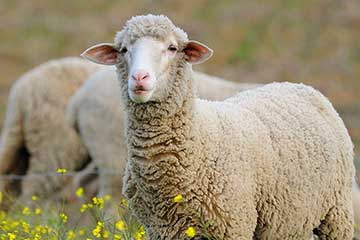
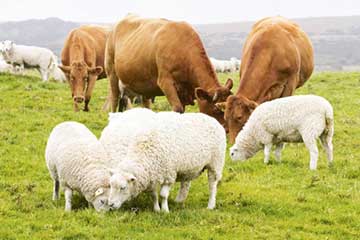
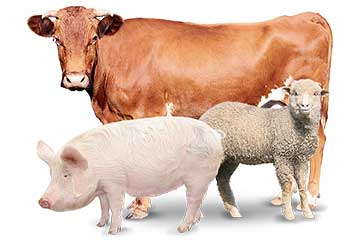
 Product Center
Product Center Get Latest Price
Get Latest Price